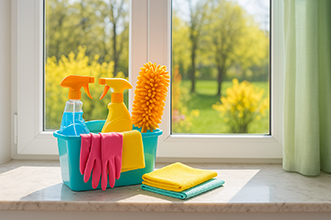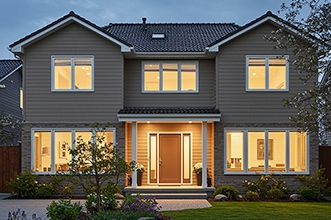Comparing Window Materials: The Best Options for Homeowners
Ready to get started?
Window World offers free in-home consultations! Click below to schedule today!
Get started!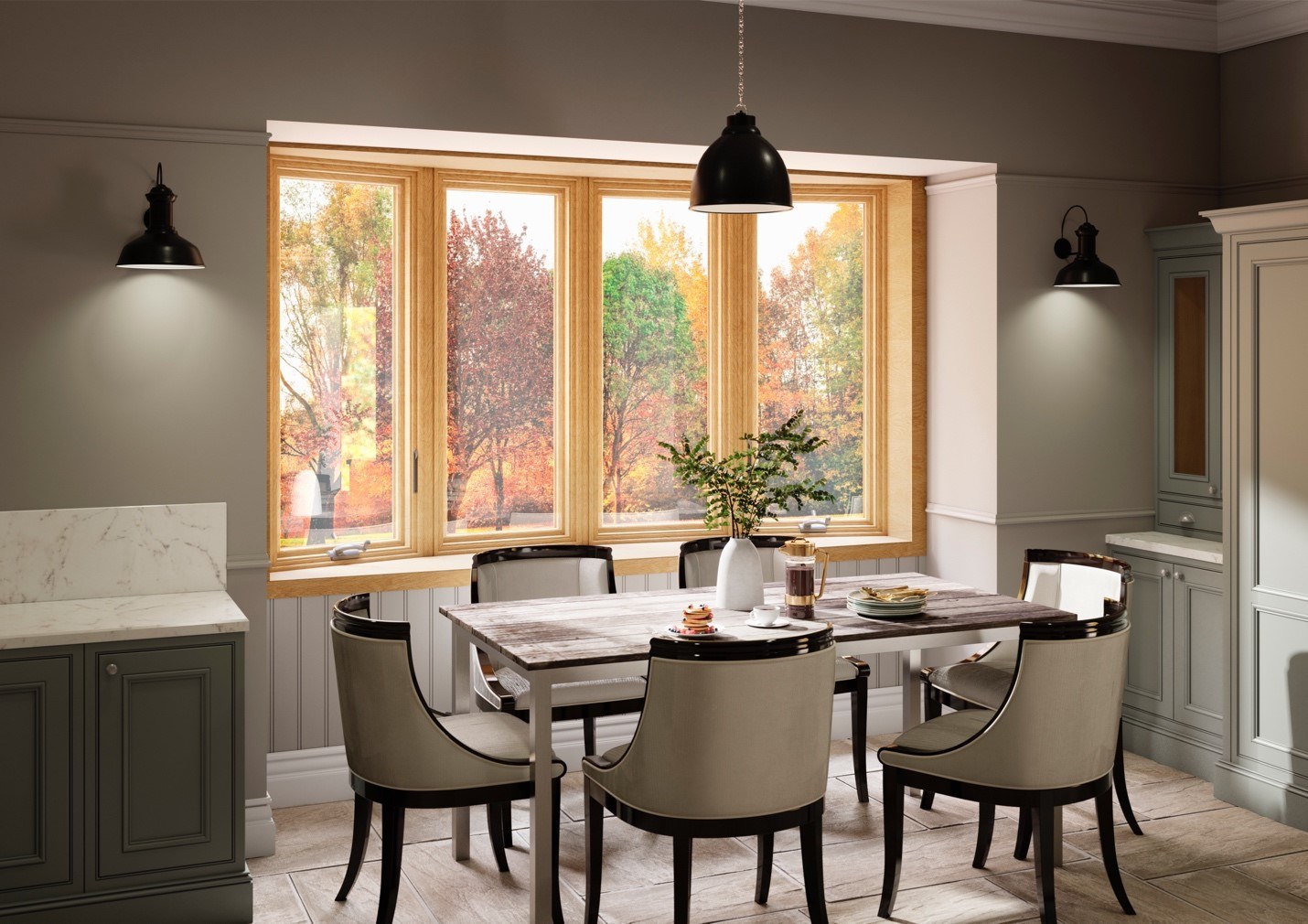
All About Window Materials for Homeowners
A set of fantastic new windows can solve several problems all at once – they let in more natural light, help regulate the temperature in your home, and boost curb appeal! But those windows will only be as effective as you imagine if they’re made of the right stuff, including glass and frame materials.
With so many different window materials to choose from, you might not know which to pick – or which type of frame is best for your home. We’re here to help, so let’s dive in!
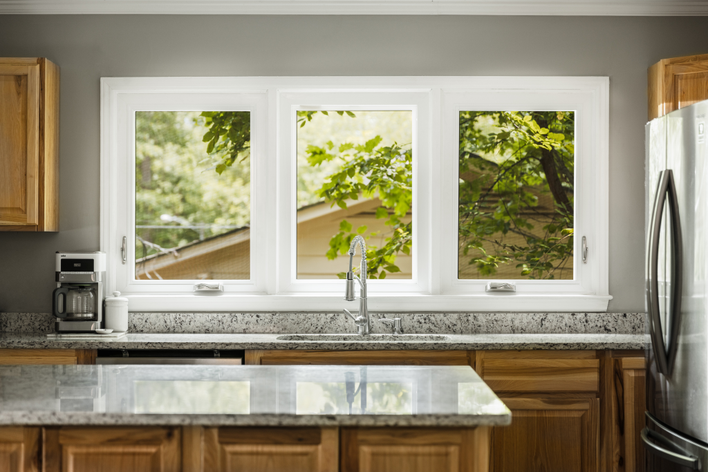
Most popular window frame materials
Popular manufacturers make window frames of a variety of different materials. Each material, of course, has its own pros and cons.
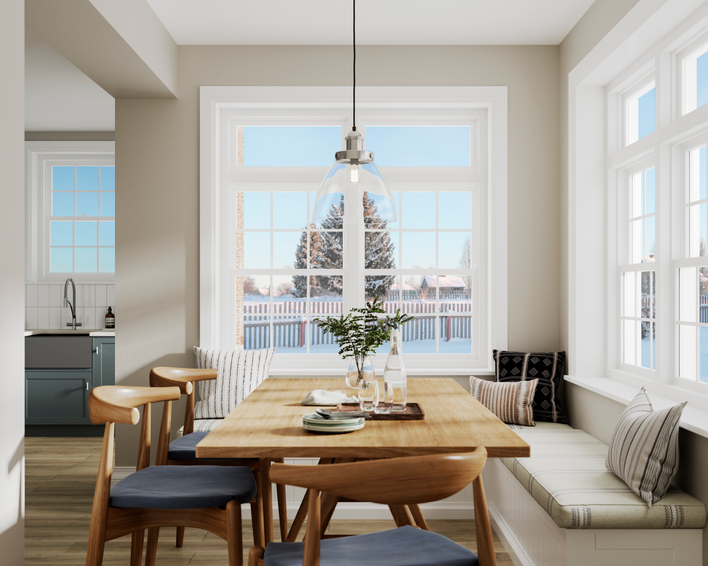
Vinyl
Vinyl window material is often considered to be the gold standard for frames by balancing price, quality, customization options, and maintenance needs. Economical, highly energy-efficient vinyl windows are fire-resistant and low maintenance, and there's no need to paint or stain them if you don't want to. They’re also good at blocking outside noise and are available in dozens upon dozens of style and color choices.
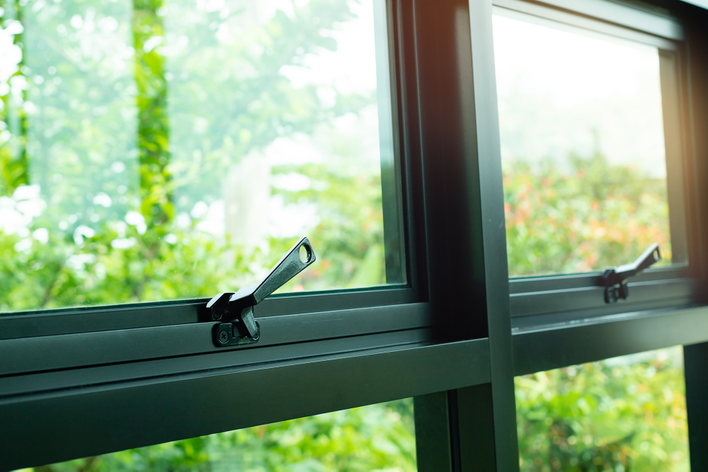
Aluminum
Then there’s aluminum, a lightweight and sturdy material that’s reasonably flexible and low maintenance — hence its use in the production of storm doors. While it’s fairly subtle and understated in terms of its appearance (and therefore very suitable for some homes), aluminum is a less-than-stellar insulator and has naturally high conductivity. Furthermore, it's susceptible to corrosion, so it may not be the best choice if you live in a rainy or humid climate.
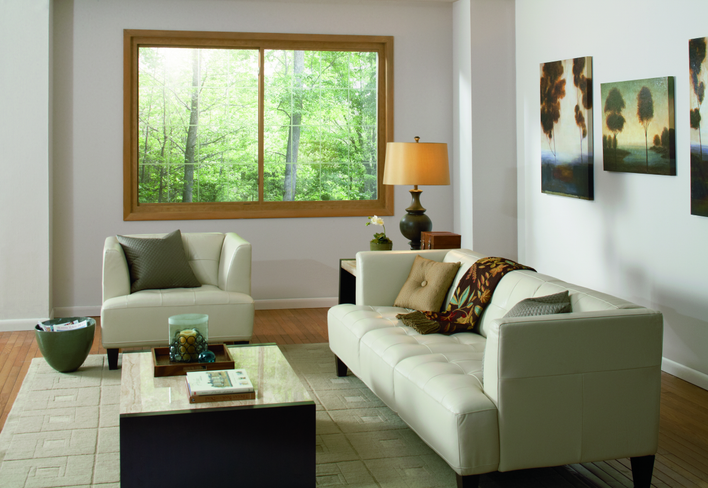
Wood
Wood window frames are classic, elegant options – especially since they come in many different styles. They can lend your home a very warm, inviting appearance and might pair well with colonial-style properties. Wood is also a very soundproof material, but it has high maintenance requirements and can be prone to damage from water, insects, and fires. On top of that, wood frame windows tend to be somewhat expensive!
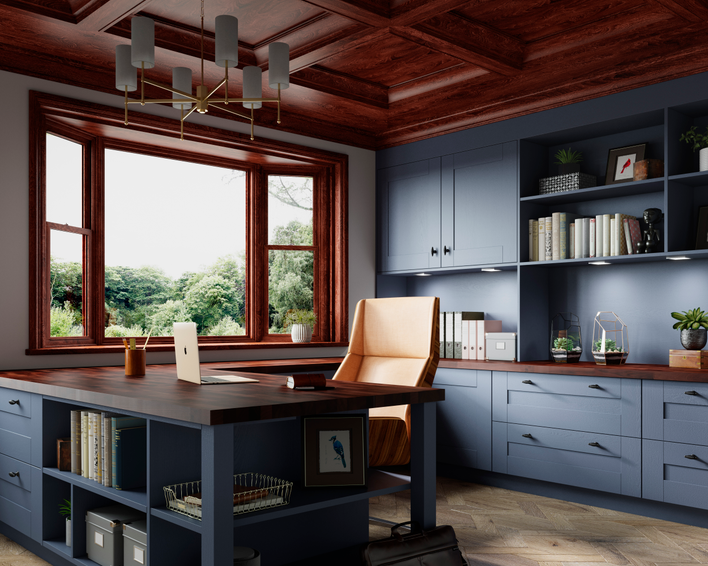
Wood-clad
Wood-clad windows combine the soundproofing and insulating properties of inner or “core” wood frames with vinyl or aluminum shells. They can be pricey, but you’ll get many of the benefits of wood windows without as much inherent susceptibility to various hazards like insects or rot. Indeed, wood-clad windows are much easier to maintain than standard wood windows. And, since they’re clad in durable shells, they can be painted in a variety of colors and come in many finishes.
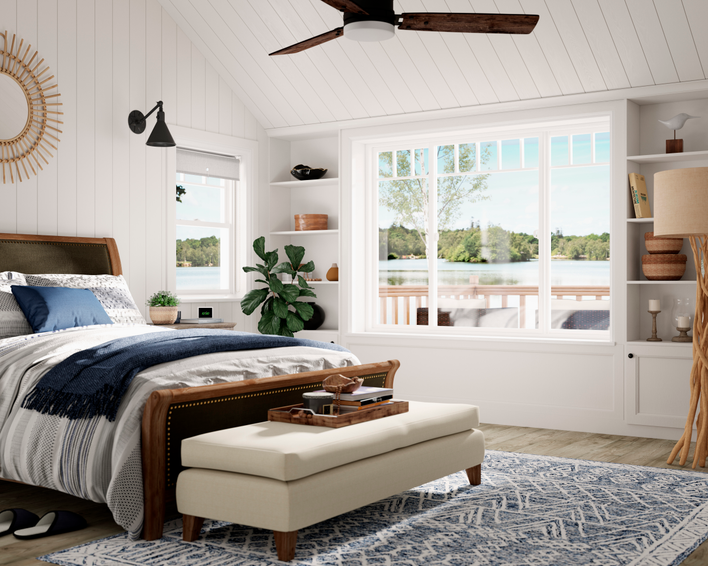
Fiberglass
Maybe you’re looking for a durable window material that will stand the test of time. Fiberglass could be just the ticket, as heavy-duty fiberglass window frames are still relatively affordable while also offering resistance to heat, cold, water, and much more.
That said, fiberglass windows aren’t as customizable or as available in different colors as other window material options. But they are energy efficient, and they can be phenomenal insulators if you live in a particularly hot or cold area of the country. Those same insulating properties are why some patio doors are made from fiberglass.
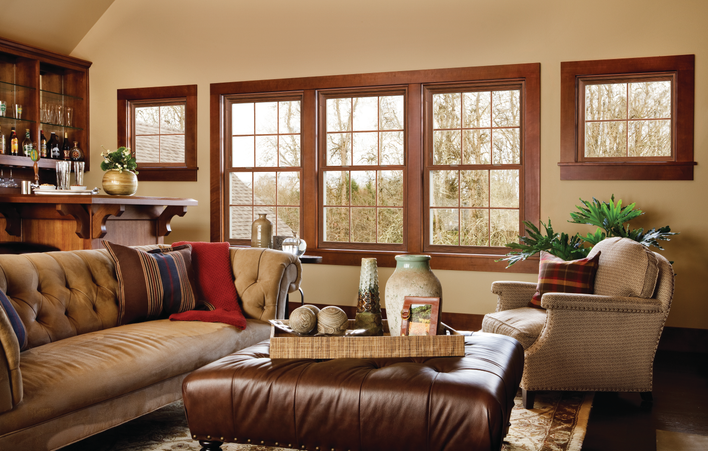
Composite
Last but not least are composite window frames, which resemble wood frames (sometimes quite well!). Rather than being made purely of wood, though, composite windows are made of a special blend of plastics, metals, and recycled wood. The resulting natural and sustainable product requires much less maintenance than a traditional wood window while still insulating your home.
The downside? Higher upfront costs, generally. On top of that, keep in mind that quality can vary heavily by manufacturer, so you’ll only ever want to purchase composite windows from retailers you trust or that have a sterling reputation.
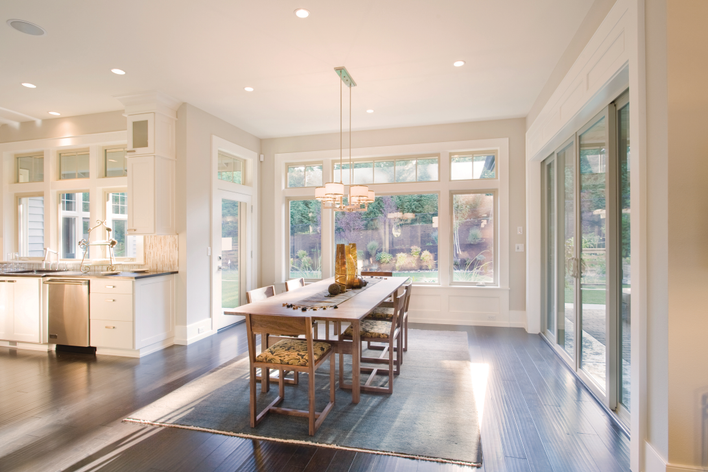
Choosing the ideal window material type for your new windows
Vinyl, aluminum, fiberglass — which is right for you? We recommend considering a few key factors, like:
- Color and style options. Some window frame materials are certainly more customizable than others. If you want to paint the frames or make sure they fit with your home’s current aesthetic, choose your material carefully.
- Cost. More cost-effective window frame materials might be better if you need to install several new windows at the same time. Materials like vinyl will keep your overall bill down without compromising on quality or energy efficiency.
- Energy rating. As part of energy efficiency, you’ll want to look at a window’s energy rating, usually described by a sticker on the window itself, its packaging, or its online description page.
The energy rating of window material types includes things like U-Value or U-Factor (the heat transfer rate), solar heat gain coefficient or SHGC (how well the window blocks heat from sunlight), and air leakage (how much air the window lets into your home). It’s also heavily affected by window material. The better the energy rating, the better a new window is for your utility bill.
When in doubt, don’t hesitate to speak to the experts. They’ll ask you a handful of questions about your budget, how many new windows you want to install, and so on. Then, they’ll provide a recommendation.
In the end, vinyl is the best window material for most homeowners – especially if you find your new set from Window World! Our knowledgeable specialists can point you in the right direction regarding window shape, style, and color, guaranteeing that your new windows will fit perfectly in your home. Take a look at our window selection today, or contact us for personal assistance!

